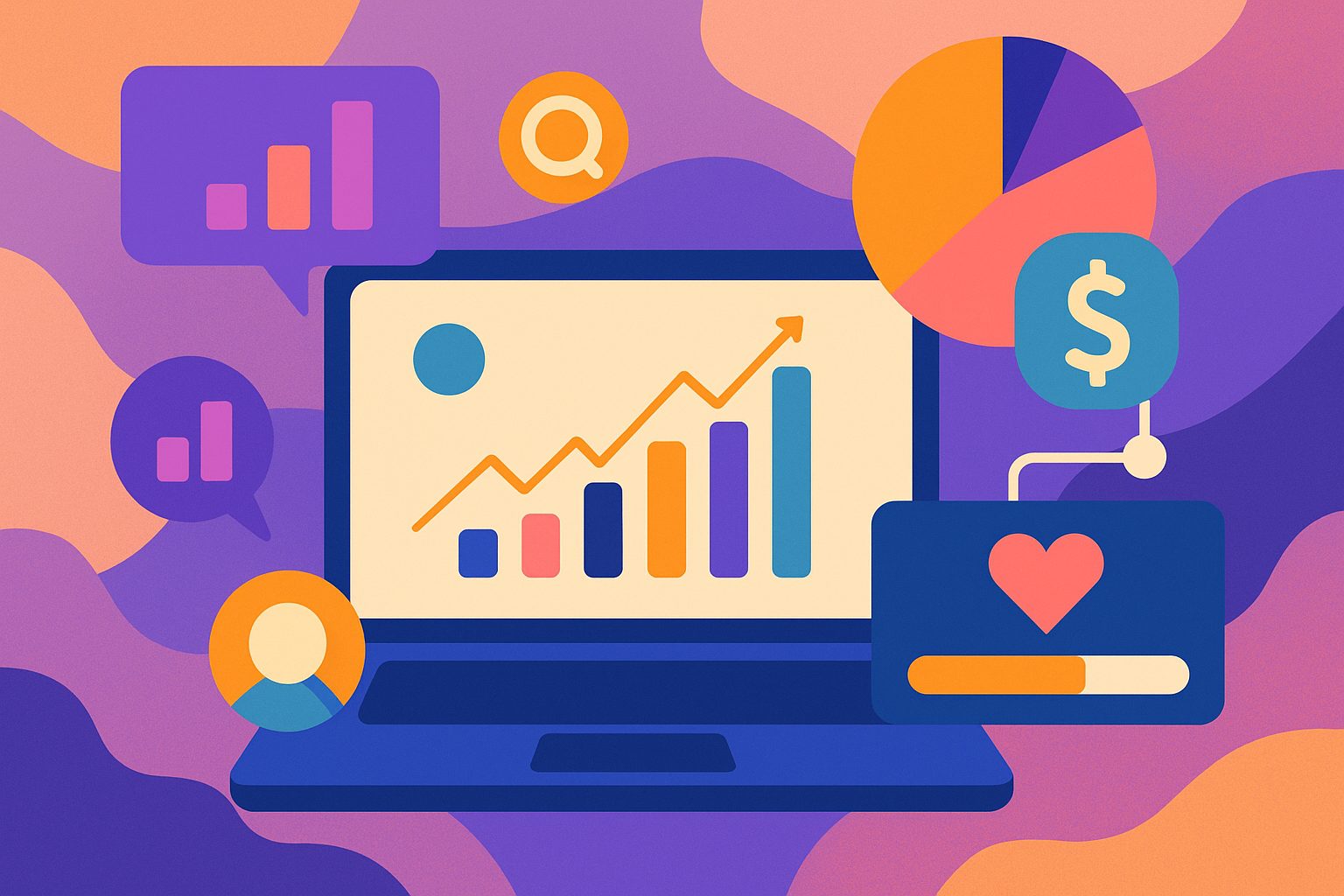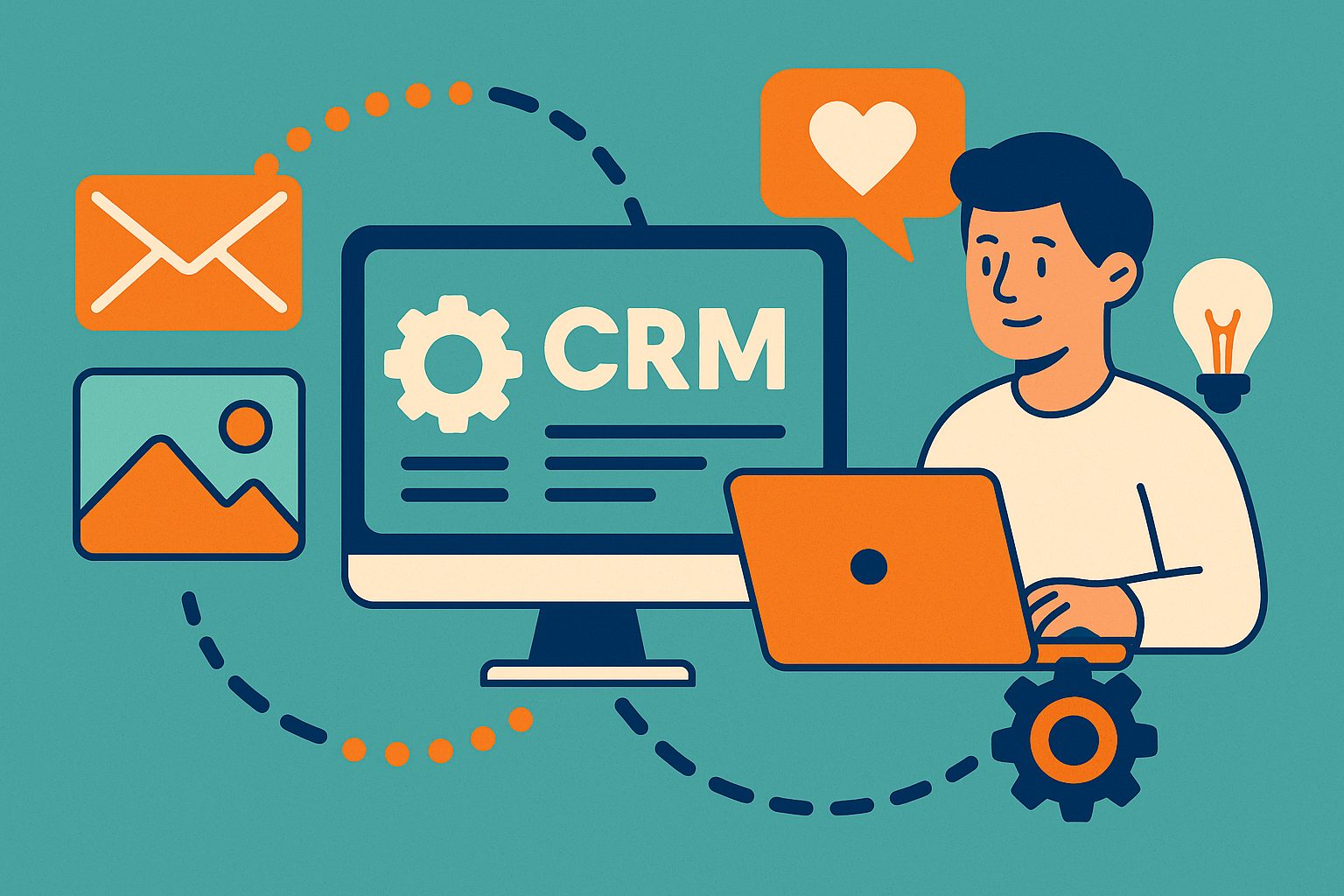Your Campaign’s Compass: Why Analytics Matters More Than Ever
Launching a crowdfunding campaign without tracking it is like setting sail without a compass. You might have passion, creativity, and a compelling story, but without data guiding your next move, you’re simply hoping for the best. That’s where analytics software steps in—not as a dry, technical tool, but as your campaign’s intelligent co-pilot. Whether you’re launching a product, funding an independent film, or building a creative brand, analytics software lets you track traffic, measure engagement, evaluate performance, and turn chaos into clarity. And when you track your campaign with the right analytics setup, you empower every decision with evidence instead of assumption.
Building the Tracking Foundation Before Launch Day
Effective tracking doesn’t begin the moment you hit “go live.” It starts weeks—if not months—before your launch. The foundation of successful analytics lies in preparing your campaign for data collection, establishing tracking goals, and ensuring that every visitor interaction will be captured meaningfully. This starts by integrating your crowdfunding platform—like Kickstarter or Indiegogo—with analytics software such as Google Analytics, Meta Pixel, or advanced solutions like Segment. You’ll want to embed these tools either directly through platform settings or via third-party connectors. Once installed, you can begin tracking every visit, bounce, scroll, and conversion across your entire funnel. The pre-launch window is your time to get everything in place, test it, and ensure that when the traffic starts flowing, your data is accurate and actionable.
Choosing the Right Analytics Tools for the Job
Not all analytics tools serve the same purpose, and the ideal combination depends on your campaign’s needs. Google Analytics 4 is often the go-to platform for understanding visitor behavior, session flow, referral traffic, and on-site performance. It offers a full view of where your audience comes from and how they move through your campaign experience. Meanwhile, if you’re running Facebook or Instagram ads, the Meta Pixel is essential for tracking ad-driven pledges and building retargeting audiences. For heatmaps and session replays, tools like Hotjar and Microsoft Clarity add a visual layer of understanding, showing you exactly what users see and where they get stuck. Email platforms such as Mailchimp or ConvertKit provide click-through and open-rate data, which should also be integrated with your analytics setup. Each of these tools offers a different lens, and together they form a complete tracking ecosystem that supports your entire strategy.
Real-Time Traffic Tracking: What’s Happening Right Now
The moment your campaign goes live, tracking traffic becomes a real-time sport. You’ll want to watch how many people are visiting your page, where they’re coming from, and what they’re doing once they arrive. Real-time dashboards in tools like Google Analytics or Data Studio allow you to monitor campaign momentum second-by-second. This is especially crucial during the first 48 hours of launch and the final countdown before your campaign ends—two periods where timing and responsiveness can make or break your results. Are people flooding in from a newsletter? Is an influencer shoutout causing a spike in backers? Real-time tracking shows you the pulse of your campaign as it happens and lets you respond with precision. Whether it’s doubling down on a traffic source or adjusting your ad spend, the faster you see trends, the faster you can act on them.
Understanding Traffic Sources and Attribution Paths
Knowing how someone finds your campaign is one thing. Understanding the journey they took to get there—and to convert—is another level entirely. This is where attribution tracking becomes vital. Google Analytics, especially in its GA4 iteration, allows for multi-touch attribution models that help you understand which touchpoints contributed to a conversion. Was it your Instagram post? A review blog? A retargeting ad? When you track these paths effectively, you stop wasting energy on low-impact channels and start maximizing the value of what’s working. To make attribution clearer, implement UTM parameters across every shared link—social media, email, blog articles, and paid ads. These parameters break down exactly which campaign or source brought in traffic and conversions, giving you undeniable clarity and helping you shape future strategies based on proof, not guesses.
Measuring On-Page Engagement: What Your Visitors Are Really Doing
Traffic is exciting, but engagement is everything. Once visitors land on your page, what they do—or don’t do—matters. Analytics tools reveal more than just visits; they uncover how people interact with your campaign. Are they reading the description? Watching the video? Clicking on reward tiers? Tools like Hotjar provide scroll-depth reports, click heatmaps, and session replays that show precisely where users are engaged and where they’re checking out. These insights are invaluable for optimizing your campaign page layout. If you notice that most users don’t scroll beyond the first third of your page, you may need to rearrange your reward section or move testimonials higher. If your main CTA button is rarely clicked, it might be too small or not compelling enough. This kind of on-page behavior tracking allows you to refine user experience and boost conversions in ways you can see and feel almost immediately.
Tracking Pledges and Conversion Performance
The ultimate goal of your campaign isn’t traffic—it’s pledges. That’s why tracking conversion data is one of the most critical aspects of campaign analytics. Google Analytics 4 allows you to set up conversion events, which can be tied to specific actions like clicking “Back This Project” or completing the pledge process. You can even segment conversions by traffic source, device, or geography, giving you a granular view of who is backing your campaign and from where. On platforms that support deeper integrations, such as Shopify or a custom landing page, tools like Google Tag Manager can be used to track exact pledge amounts and tie them back to campaign goals. This data becomes your playbook. You’ll know which efforts bring in the most revenue, where high-ticket backers are coming from, and what tweaks lead to measurable increases in funding.
Heatmaps and Behavior Replays That Reveal the Truth
While charts and numbers are helpful, sometimes what you need is to see what your visitors are experiencing. That’s where heatmaps and behavior replays come in. These visual tools, offered by services like Crazy Egg or Microsoft Clarity, show you what people are doing in real time—what they’re clicking on, what they’re skipping, and where they’re abandoning your page. A heatmap might reveal that most people are clicking a graphic that isn’t actually a button, leading to confusion. A session recording might show users scrolling back and forth, clearly unsure of which reward tier to select. With this feedback, you can adjust not just the content of your campaign but the structure, flow, and design. It’s like running a focus group on your live campaign page—without needing to ask a single question.
Email Campaign Tracking and Funnel Integration
Email is often the most high-leverage tool in a creator’s toolbox, but only if you know how it’s performing. By integrating your email platform with your analytics software, you gain insight into how email campaigns are driving traffic and conversions. Are subscribers opening your launch day announcement? Are they clicking through to your campaign page? Are those clicks converting into pledges? With proper UTM tagging and event tracking, every email becomes part of your broader funnel, and you can pinpoint which sequences work best. Some email platforms even allow revenue tracking per campaign or tag, letting you isolate top-performing emails and recreate their success. Instead of guessing what resonates, you’ll be operating from hard data—and that turns email from a megaphone into a laser.
Using Dashboards to Bring It All Together
With so much data flowing in, it’s easy to feel overwhelmed. That’s why centralized dashboards are essential for campaign tracking. Tools like Google Data Studio, Klipfolio, or even built-in dashboards from platforms like HubSpot and ActiveCampaign allow you to combine multiple data sources into one visual command center. You can see traffic, behavior, pledges, email performance, ad spend, and social engagement all in one place. This not only saves time but gives you a holistic understanding of your campaign performance at a glance. Instead of toggling between tabs and apps, your data lives in one real-time view—easy to understand and even easier to act on. A well-designed dashboard becomes your strategy board, your reporting center, and your launch-day nerve hub.
Knowing When to Pivot Based on Analytics
The best part of real-time tracking is the ability to pivot when needed. If traffic is strong but conversions are weak, it might be time to adjust your messaging or reward structure. If email click rates drop after the third update, your content may need a refresh. If Facebook ads are eating your budget without producing pledges, it’s time to pause and reallocate. Tracking your campaign with analytics software lets you react quickly and precisely. These aren’t emotional decisions—they’re data-backed moves. And the more you respond to what the data is telling you, the stronger and more adaptive your campaign becomes.
Post-Campaign Tracking for Long-Term Success
Tracking shouldn’t stop when your campaign ends. In fact, post-campaign analytics may be even more important than what you tracked during launch. After your campaign closes, analytics software can help you analyze lifetime customer value, track fulfillment updates, understand churn, and prepare for future launches. You’ll know which backers stayed engaged, which emails continued to perform, and which content led to repeat interactions. This data can feed into your e-commerce strategy, your email retention sequences, and your long-term brand development. Tracking doesn’t just improve a single campaign—it lays the foundation for sustainable growth and smarter launches every time.
Final Thoughts: Make Data Your Creative Partner
As a creator, you bring the vision, the voice, and the heart. Analytics software brings the insight, the structure, and the clarity. When you track your campaign with intention, you empower your creative process with confidence. You know what’s working. You know where to double down. And you know how to refine in real time. Data doesn’t replace creativity—it sharpens it. It ensures that every hour, every dollar, and every piece of content is moving your campaign in the right direction. So don’t treat tracking as an afterthought. Embrace it as your campaign’s greatest advantage. Because in the end, the best campaigns aren’t just beautiful—they’re brilliantly measured.




